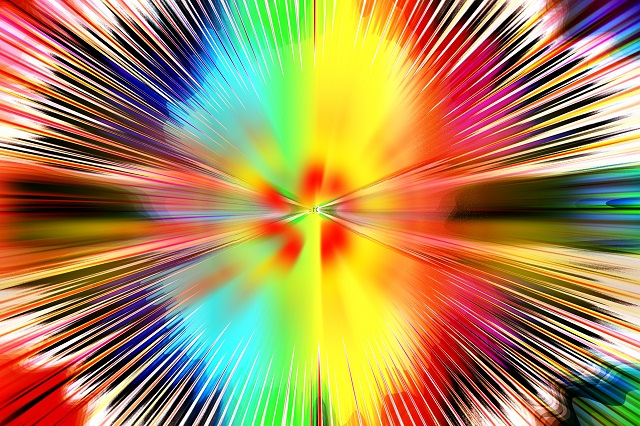Although Higgs’s name has come to be associated with this theory (the Higgs mechanism), several researchers between about 1960 and 1972 independently developed different parts of it.
It is named after physicist Peter Higgs, who in 1964, along with five other scientists, proposed the Higgs mechanism to explain why particles have mass. This mechanism implies the existence of the Higgs boson.
On 10 December 2013, two of the physicists, Peter Higgs and François Englert, were awarded the Nobel Prize in Physics for their theoretical predictions.
[‘ The Higgs boson is an elementary particle in the Standard Model of particle physics, produced by the quantum excitation of the Higgs field, one of the fields in particle physics theory.’, ‘It is named after physicist Peter Higgs, who in 1964, along with five other scientists, proposed the Higgs mechanism to explain why particles have mass.’, ‘This mechanism implies the existence of the Higgs boson.’, ‘The Higgs boson was initially discovered as a new particle in 2012 by the ATLAS and CMS collaborations based on collisions in the LHC at CERN, and the new particle was subsequently confirmed to match the expected properties of a Higgs boson over the following years.’]
Source:
[1] Wikipedia Contributors. “Higgs Boson.” Wikipedia, Wikimedia Foundation, 11 Nov. 2020, en.wikipedia.org/wiki/Higgs_boson. Accessed 11 Nov. 2020.
Some Points:
In the Standard Model, the Higgs particle is a massive scalar boson with zero spin, no electric charge, and no colour charge.
It is also very unstable, decaying into other particles almost immediately.
Source
[1] Wikipedia Contributors. “Higgs Boson.” Wikipedia, Wikimedia Foundation, 11 Nov. 2020, en.wikipedia.org/wiki/Higgs_boson. Accessed 11 Nov. 2020.
[2] pixy.org. “Big Bang Pop Explosion Rays Image.” Pixy.org, 1970, pixy.org/54735/. Accessed 11 Nov. 2020.
